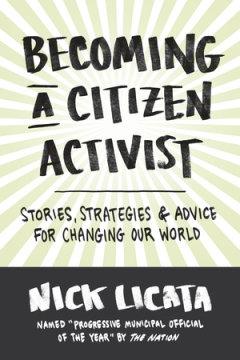On Sept. 11, 2001, the world felt an intense empathy for the city of New York as many cried out, “Today we are all New Yorkers.”
As the years went by, that powerful sentiment dwindled until we truly only feel like a New Yorker one day a year. But Brandon Stanton understands that being a New Yorker is more than a singular day of remembrance. For him, to be a New Yorker is to be a human.
Everyone has a story to tell.






